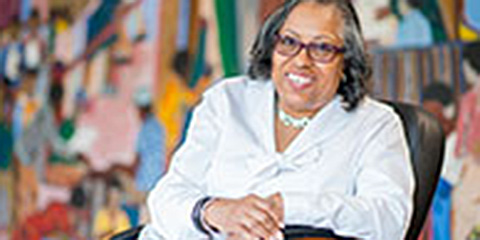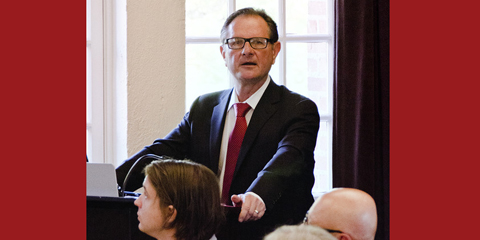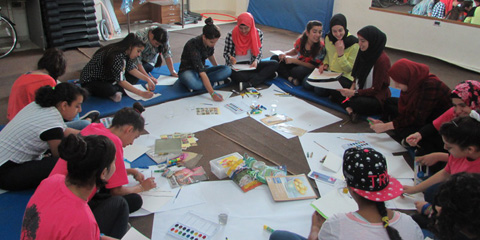News Archive
-

For Sexual Assault Awareness Month in April, learn how to recognize the signs the someone is a survivor of sexual trauma, and understand the first steps you can take toward assisting them.
-

Children of American soldiers face a unique set of challenges — the expenses of higher education shouldn’t be one of them. Fortunately, there are an ever-increasing number of scholarships available to military children.
-

At just over 6 feet tall, Lesley Adams Williams usually stands out in a crowd.
Being tall can have an isolating effect during the teen years. Williams knows that firsthand. She also knows it can be an advantage: Her height and athletic ability earned her a college basketball scholarship. It also drew a troubled student to her, setting her on the path to a social work career.
-
National Social Work Month is in full swing. Draw professional (and personal) inspiration from these 25 quotes!
Social work takes many forms — whether you’re dedicating your days and nights to the betterment of humanity, or finding some time in your busy schedule to lend a hand, keep it up. The work is hard, but the rewards are many. Just ask these 25 inspiring figures:
-

We Celebrate These 5 Female Trailblazers in Social Work
These five women have paved the way for the social workers of today.
We spend March celebrating the importance of social work and the amazing women who have pioneered (and continue to pioneer) major strides in the field.
Though a list of five is hardly comprehensive, the women below represent the constant striving and commitment to service we can all aspire to and celebrate year-round.
-

Tammie Johnson sits a stone’s throw from Los Angeles International Airport, where thousands zip around the world every day. But swiveling on a chair next to her tent, she doesn’t feel like she’s going anywhere.
“I don’t know how long I can last out here,” she said.
Before Johnson, 54, was homeless, she said, she had a place in Hermosa Beach and a good job at Northrup Grumman. “I’ve had new cars — I’ve had it all,” she said. “But those things came to an end.”
-

A plummeting birthrate and scarcity of resources have left Cuba facing a demographic dilemma.
-

People often draw on their faith as a source of hope and strength in the face of life’s challenges. Yet providers are often wary of using spirituality in the treatment of serious mental health issues, fearing it violates the separation of church and state and will lead to proselytizing or alienate patients who are not religious. Others even regard spiritual beliefs as potential psychiatric symptoms.
-

How can social workers, nurses and other clinicians ensure that the tools and techniques they use to treat clients are effective and not causing harm?
Leading scholars are tackling that issue in a series of conferences this year organized by the USC Suzanne Dworak-Peck School of Social Work in collaboration with other partners. Topics include synthesizing findings from previous studies, adapting interventions for new contexts and developing rigorous, evidence-based practices in social work and nursing.
-

Jessica Saba wakes up in the middle of the summer of 2011 and knows she is in harsh conditions.
There is trash all around, spilled water, overcrowded living spaces and barefoot children running between alleys. The unemployment rate is 43 percent. There are huge concrete walls about 26 feet tall with watchtowers on the tops. The only opening in the wall is for military vehicles and tanks to pass through.